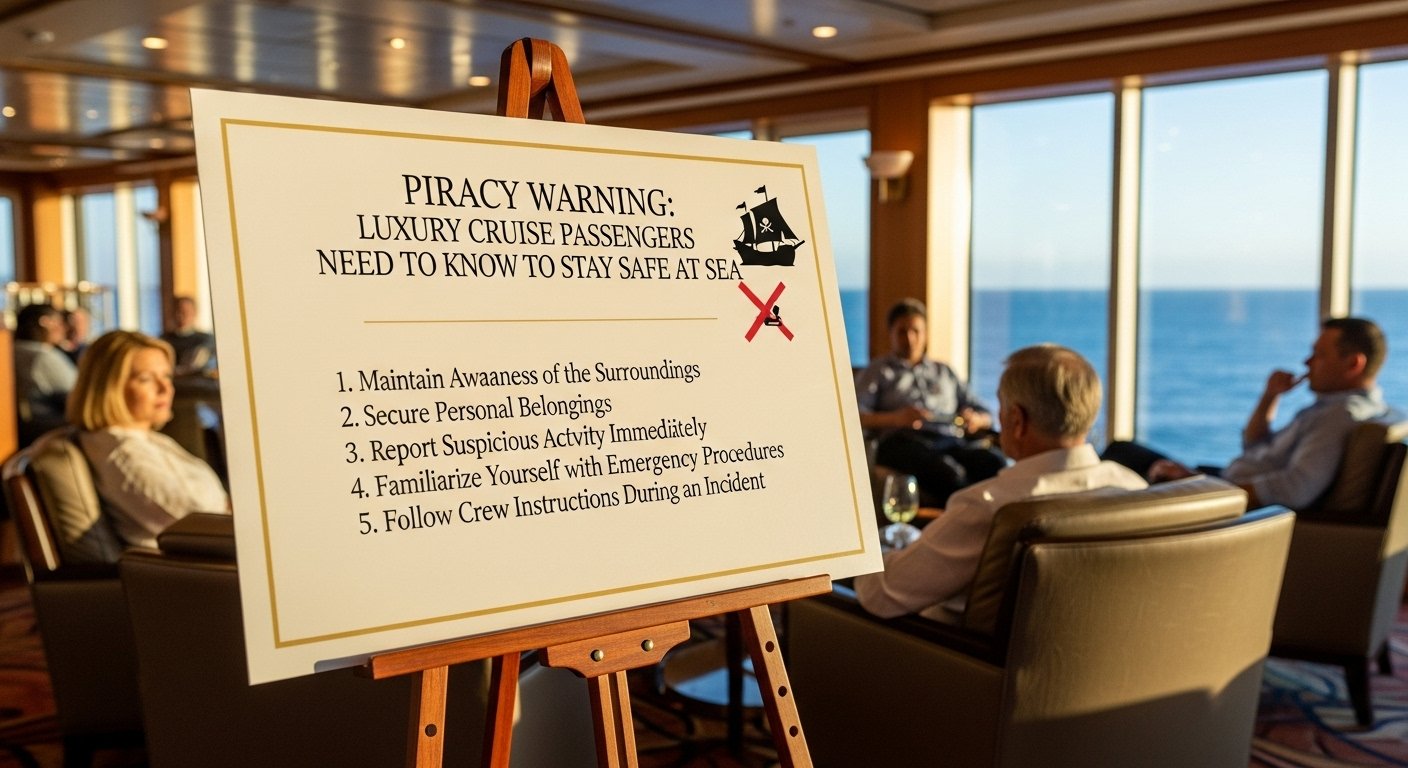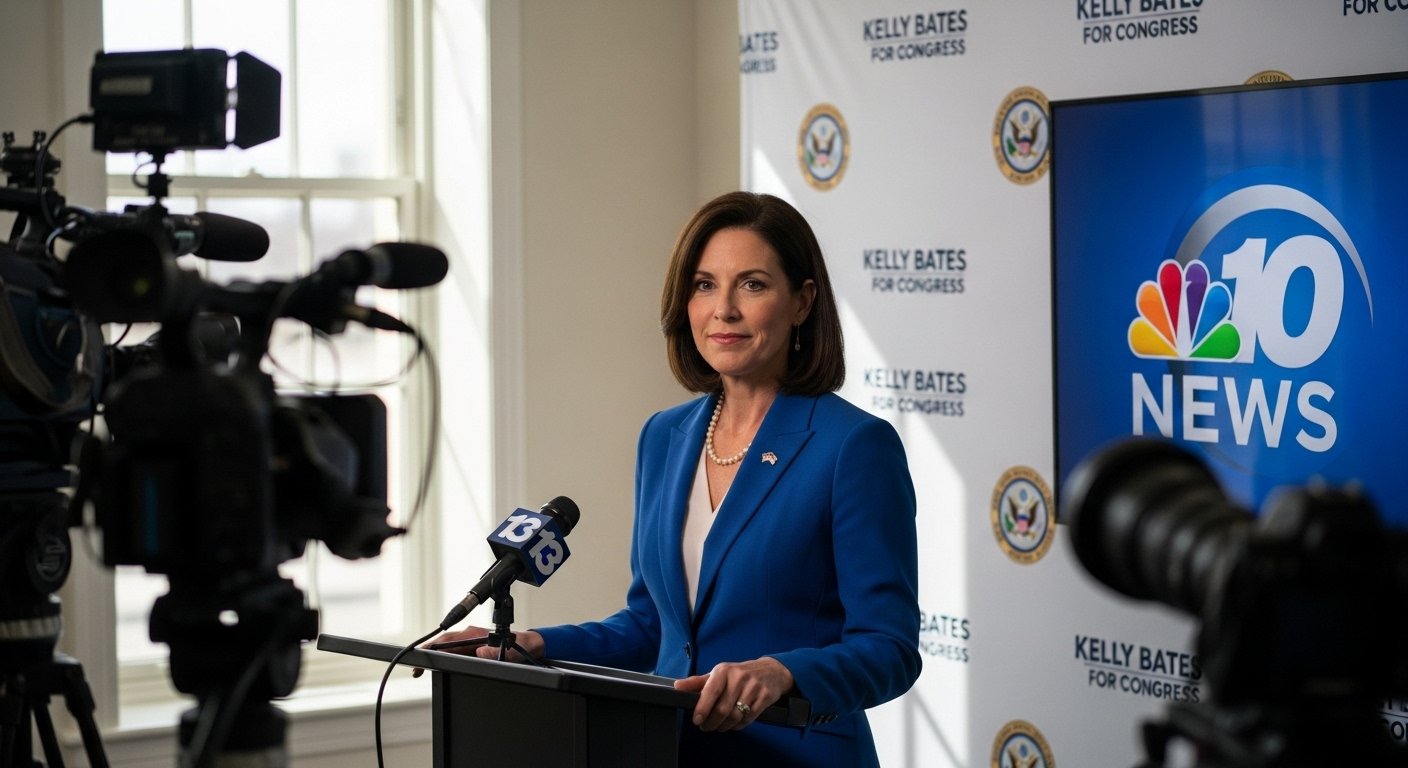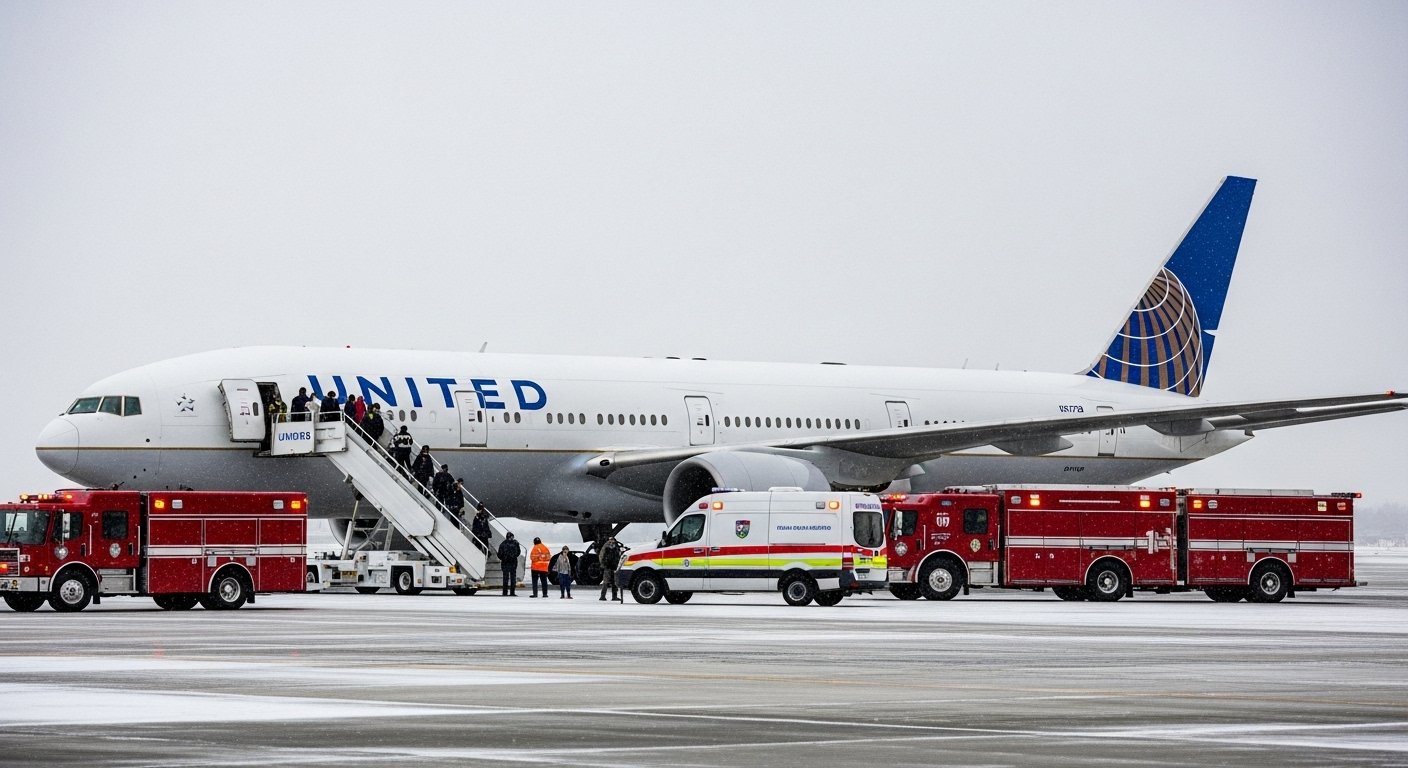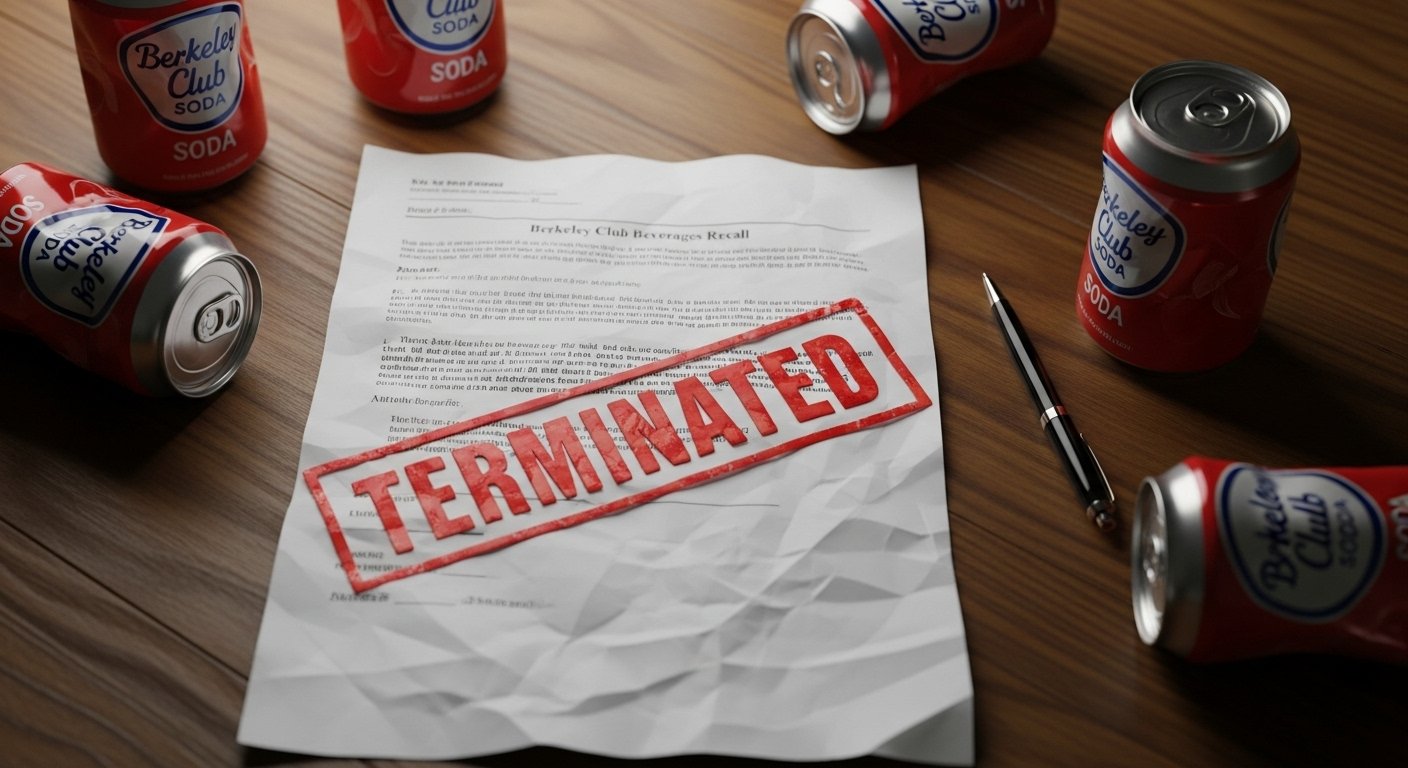Table of Contents
Introduction
Imagine you’re on a fancy cruise ship, enjoying the ocean breeze and sipping your favorite drink. Then, you hear this strange announcement: “piracy warning luxury cruise passengers” Sounds like something from a movie, right? But lately, it’s become a real concern for a growing number of luxury cruise passengers.
Across certain waters, especially around East Africa, parts of Southeast Asia, and the Red Sea, cruise ships have been issued piracy warnings due to increased risks. This isn’t like the pirates from cartoons—it’s about real-life maritime crimes where small armed boats target large ships.
That’s why luxury cruise liners are now warning passengers about safety protocols before entering high-risk zones. In this article, we’ll explore what this piracy warning means, why it’s happening, and how it affects people like you—tourists simply looking for a relaxing vacation.
We’ll also share info that can keep you safe, less worried, and better prepared for your next sea adventure. Let’s set sail and explore the facts in a calm, people-first, and easy-to-understand way.
What Does a Piracy Warning Mean on a Cruise?
When you hear a piracy warning on a cruise, it means your ship is entering or near an area where piracy is a known risk. This doesn’t mean you’ll get attacked, but it does mean the cruise line is taking extra steps to keep everyone safe.
This can include:
- Turning off exterior lights at night
- Asking passengers to stay indoors
- Increasing security on board
- Alerting naval patrols nearby
Luxury cruise passengers may be surprised to hear such warnings. After all, cruises are meant to be stress-free. But cruise lines work closely with global safety organizations and the Coast Guard to make sure passengers and crew stay protected.
So, if you ever hear a piracy warning, don’t panic. It’s more about being careful and prepared than facing danger. It’s like putting on your seatbelt during turbulence on a plane—it’s just a smart safety measure.
Where Are Cruise Ships Most at Risk for Piracy?
Piracy doesn’t happen everywhere. Only a few parts of the world are known hotspots. Most cruise routes are completely safe, but some luxury itineraries may pass through higher-risk areas.
Regions with known piracy risks include:
- The Gulf of Aden (near Somalia and Yemen)
- The Arabian Sea and parts of the Indian Ocean
- Southeast Asia, especially around Indonesia and the Philippines
- The Southern Red Sea
- West Africa near the Gulf of Guinea
Ships that sail in or around these regions may receive a piracy warning as part of routine precautions. These areas have seen pirate activity over the years, often targeting cargo ships, tankers, and sometimes yachts or small cruise vessels.
But large luxury liners are usually high up and fast-moving, making them harder to board. Still, cruise lines don’t take any chances, which is why warnings are taken seriously.
Who Issues Piracy Warnings to Cruise Ships?
Piracy warnings aren’t made up by cruise lines. They often come from trusted global agencies that track maritime threats. These organizations work together to monitor sea activity and help protect ships around the world.
Common sources of cruise piracy warnings include:
- The International Maritime Organization (IMO)
- The International Maritime Bureau (IMB)
- Local coast guards or regional navies
- Maritime security firms
- Internal cruise line threat assessments
Once a piracy warning is issued, it alerts cruise companies about recent incidents, risky areas, or signs of increased pirate movement. The ship’s crew then uses that information to create a response plan—and inform passengers if needed.
It’s all about strong teamwork and communication between global safety groups and cruise operators.
How Do Cruise Ships Respond to Piracy Warnings?
When cruise ships receive a piracy warning, they take many actions to prepare. These safety steps often go unnoticed by passengers, but they’re very effective.
Common responses include:
- Speeding up the ship while passing risky zones
- Changing the ship’s route slightly
- Turning off lights and going into “darken ship” mode
- Posting extra security around decks
- Training crew members on piracy drills
- Locking certain exterior doors temporarily
In some cases, cruise ships are escorted by international navy ships or use special onboard technology to watch surrounding waters.
Many luxury cruise ships even rehearse what to do during a piracy alert long before they ever see risk. That way, if something does happen, they’re ready—calm, smart, and safe.
What Happens If a Real Pirate Threat Occurs?
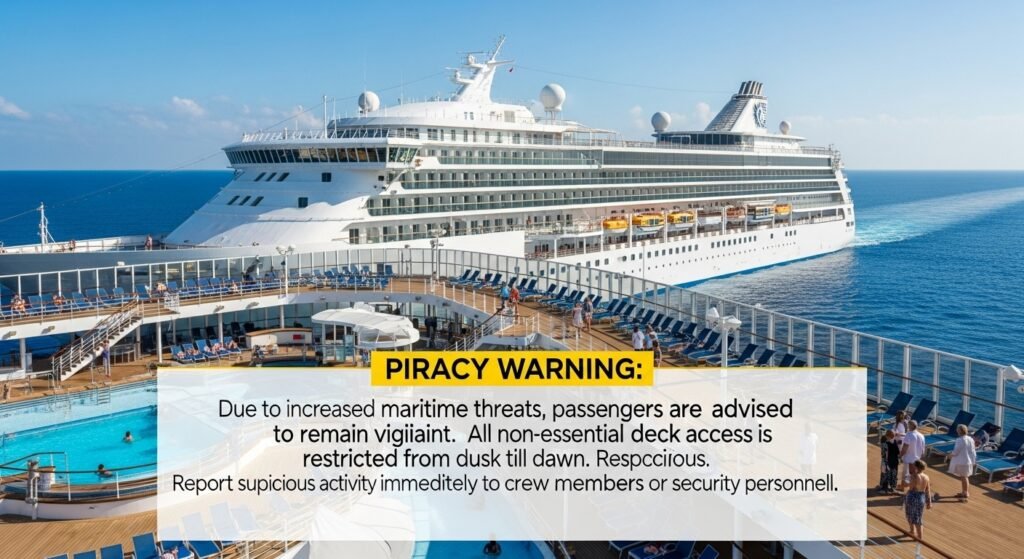
While actual attacks on cruise ships are very rare, planning helps everyone stay safe if something does happen. If a piracy warning becomes a real threat, the ship acts fast.
A few things that may happen:
- The captain may call for all passengers to stay in cabins
- Security will monitor suspicious boats and sound alerts
- Crew may block access points and steer the ship away
- Authorities like the Navy may be contacted immediately
Pirates usually ignore big cruise ships, since they’re harder to board, have more security, and carry many people. Their usual targets are slower cargo ships.
Still, advanced planning gives cruise passengers peace of mind. Every crew member is trained to handle emergencies calmly and efficiently.
Are Luxury Cruise Passengers in Real Danger from Pirates?
It’s normal to feel nervous when you hear about pirates, but here’s the truth: the risk to luxury cruise passengers is incredibly low. Piracy is mostly aimed at ships that carry goods or travel slowly through pirate-prone waters.
Most cruise ships:
- Travel fast, which makes boarding hard for pirates
- Sail high above the water, making climbing nearly impossible
- Have excellent onboard safety programs
- Are tracked by global agencies 24/7
Of course, no system is perfect. That’s why cruise lines still prepare and listen to international piracy warnings. But with so many layers of security in place, you can feel safe knowing your cruise company is ready.
So yes, pirates are real—but most of what you’ll experience on a cruise is sunshine, snacks, and maybe too much dessert.
How Cruise Lines Prepare Passengers for Piracy Warnings
If your itinerary includes pirate-risk areas, the cruise line may inform you in advance. Some notices are sent before the sailing date, while others happen once on board.
If a piracy warning is shared with passengers, you may hear:
- A formal safety briefing explaining the situation
- Instructions on what to do if a threat occurs
- Guidance to stay off decks temporarily
- Tips for staying calm and alert
You may even be handed simple guidelines like:
- Keep your balcony curtain closed at night
- Lay low during certain night hours
- Avoid flashlights or phones near windows after dark
Don’t worry though—these steps are just in case, and most people forget they even happened within a few hours.
Real Cruise Passenger Stories About Piracy Alerts
Some passengers have shared personal stories about hearing piracy announcements on cruises. One traveler sailing near the Gulf of Aden in 2023 said the captain came on the speaker and told everyone they’d be entering a high-risk area during the night. All outdoor decks were closed, lights were off, and guests were asked not to peek out of their windows.
“I wasn’t scared,” they said. “The crew made it feel routine, like a drill more than a threat.”
Another traveler on a Southeast Asia cruise shared that they saw a small fishing boat nearby but later found out it was not connected to any pirate activity.
Passengers often report that piracy precautions feel smooth and professionally handled—most don’t even remember it by the next day.
How to Stay Calm If Your Cruise Gets a Piracy Warning
It can feel strange to hear the word “piracy” while on your dream vacation. But if you ever get that warning, remember: it doesn’t mean danger is coming. It means your crew is being extra careful.
Here are a few tips to stay calm and sosoactive:
- Trust the ship’s captain and crew—they’re trained pros
- Stay inside and follow instructions if told
- Keep the moment in perspective—most cruises don’t face real threats
- Use it as a learning moment about travel safety
- Give yourself permission to keep enjoying the journey
A piracy warning is rare. An actual piracy threat is even rarer. But preparation is always a part of responsible cruising.
Safety Tips for Cruises in Pirate-Prone Waters
If you’re sailing in areas known for piracy activity, add a few smart actions to your cruise plan:
- Check with the cruise line in advance about your route
- Ask if the trip passes through any piracy warning zones
- Do your own research online about current piracy news
- Pay attention to all safety briefings on board
- Follow all safety instructions calmly
You don’t need to bring any special gear or worry every day. Just being aware and prepared is usually enough to stay completely safe.
FAQs
1. Should I cancel my cruise if there’s a piracy warning?
No. Most cruise lines take very strong safety measures when entering high-risk areas. The actual danger to passengers is extremely low.
2. Can pirates really attack cruise ships?
While it’s possible, it’s very rare. Cruise ships are big, fast, and have modern security. Pirates usually target cargo ships.
3. What do I do if a piracy warning is announced during my cruise?
Follow the crew’s instructions. Stay inside if told. Stay calm. The warning is about preparedness, not panic.
4. Will the cruise company tell me if we’re going through risky areas?
Yes. Reputable cruise lines will inform passengers as needed, either before sailing or while on board.
5. Are some cruise destinations riskier than others?
A few areas like the Gulf of Aden or Southeast Asia have a higher piracy risk. Most cruise destinations are totally safe.
6. How do cruise ships avoid pirate attacks?
They travel fast, change routes when needed, use radar, go dark at night, and work with naval patrols when needed.
Conclusion
Getting a piracy warning luxury cruise passengers may sound serious, but in most cases, it’s just a routine safety step. Cruise ships are incredibly secure, and the number of actual piracy incidents involving passengers is almost zero.
Cruise lines take your safety seriously. They track global warnings, follow protocols, and train their crews for every type of emergency—even rare ones like piracy. For you as a passenger, the best thing to do is stay informed, listen to instructions, and enjoy the rest of your amazing vacation.
If your next adventure includes a spot near a risk zone, don’t be afraid—just be prepared. Knowing what to expect lets you stay relaxed and helps turn an unusual moment into just another sea story.
Stay aware, stay calm, and continue to enjoy the magic of cruising—even with a little piracy warning along the journey.
